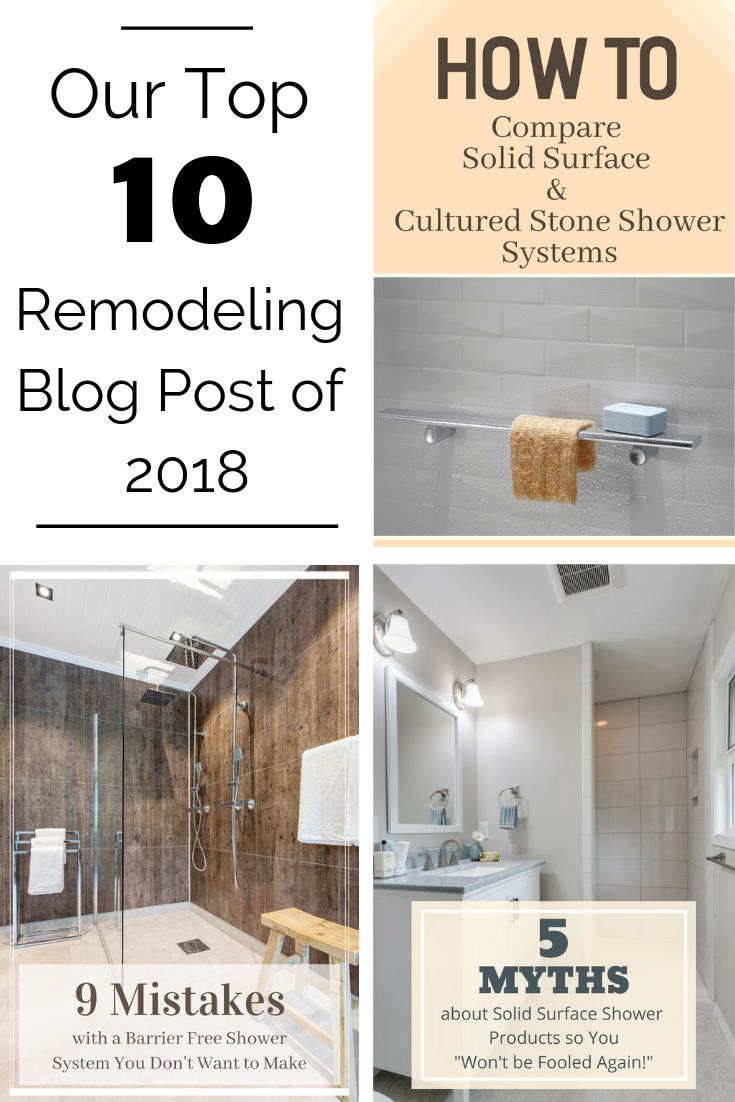
There are many ways you can reduce dust while sanding. Dust can be contained by covering furniture and floors with plastic sheets. To draw air from the rest the house to the area being sanded, you can use a fan. While it might sound daunting, it will make the process faster and more efficient. Below are some tips for minimizing dust during sanding.
You can reduce dust by installing a double-sided plastic barrier if you work in an enclosed area. You'll also have more space for dust settle. While you're sanding or sawing, make sure to wear construction-strength safety gear, including a mask and eye gear. If you intend to sand drywall, a coverall can be a good idea.

You should place plastic sheeting near the area to be sanded. It should be tightly taped along all surfaces and allow for access to the area. Dust can escape through holes or tears if the seals are not perfect. But this type of cover will help keep the dust contained to a specific area. If you use the plastic sheets correctly, you can work in a very small area and not risk spreading the drywall dust throughout your house.
To reduce dust, you can use an HVAC air filter if you are sanding in closed spaces. Tape the filter to an intake side of a portable fan. Set up the fan near the sanding area, with the filter facing the sander. The filter will trap the dust from the sander. It can't spread the dust if it's not sealed.
Another way to minimize dust buildup is to make a dust barrier. It's a common practice that can reduce dust from drywall, even though it may seem obvious. Although it may sound a bit klutzy, this is a great way to reduce dust in your room. Try to position the plastic sheet in an area that is not accessible by others when you sand a ceiling.

Before sanding, it's important to clean up any debris that can build up on the surface of the workpiece. This way, you'll be able to minimize the dust that's created. You can avoid many of dust's potential hazards. The dust you're breathing in is a major problem. You should not sand furniture or walls.
A quality sander will make sure you have a dust free environment. A good sander will remove the need for a dustbag. To avoid excessive dust, sanding must be done with caution. A vacuum cleaner can be used along with paper towels. Moreover, you should remove plastic sheets and newspapers that are left behind. While you are sanding, be sure to not leave glue on your floors.
FAQ
Do you prefer to do walls or floors first?
It's important to know what you want to accomplish before you start any project. It is crucial to plan how you'll use the space, what people will use it for, and why. This will help you decide if you should go for flooring or wall coverings.
You may want to lay flooring before you create an open-plan kitchen/living space. Wall coverings are an option if you prefer to keep this space private.
How much does it cost for a house to be renovated?
Renovations usually cost between $5,000 and $50,000. Renovations are typically a major expense for homeowners, with most spending between $10,000 and $20,000
How can I quickly sell my house without having to pay any realtor fees?
It is important to start looking for buyers as soon as possible if you wish to quickly sell your home. You should be open to accepting any price offered by the buyer. However, if you wait too long, then you will probably lose out on some potential buyers.
How Much Does it Cost to Renovate a House?
The cost of renovations depends on what material is used, the size of project and how complicated the job is. Some materials such as wood require additional tools like saws and drills while others like steel do not. The price for renovations will also vary depending on whether you would like your contractor to do all of the work for you or if it is something you prefer.
The average cost of home improvement projects ranges from $1,000 to $10,000. The total cost for a home renovation project would be $5,000 to $25,000 if you hire professionals. You could also spend as much as $100,000 if you do it all yourself.
It is important that you are aware of the many factors that affect the final price of renovations. They include the type of material used (e.g. You can choose between brick or concrete, and the size of your project as well. These are all important factors to consider when estimating renovation costs.
Statistics
- According to the National Association of the Remodeling Industry's 2019 remodeling impact report , realtors estimate that homeowners can recover 59% of the cost of a complete kitchen renovation if they sell their home. (bhg.com)
- The average fixed rate for a home-equity loan was recently 5.27%, and the average variable rate for a HELOC was 5.49%, according to Bankrate.com. (kiplinger.com)
- Most lenders will lend you up to 75% or 80% of the appraised value of your home, but some will go higher. (kiplinger.com)
- ‘The potential added value of a loft conversion, which could create an extra bedroom and ensuite, could be as much as 20 per cent and 15 per cent for a garage conversion.' (realhomes.com)
- On jumbo loans of more than $636,150, you'll be able to borrow up to 80% of the home's completed value. (kiplinger.com)
External Links
How To
Where can I find information about home improvements?
Home improvement projects can be a cost-saving way to improve your home. You can make your home attractive without spending a lot. You can paint, landscape, or add a hot tub to your home. These are just a few of the many options available to you online.
The internet offers a wealth information about home renovation projects. Many websites offer detailed instructions on how and when to do each task. You can see how your house would look after you have completed each task on many of these websites.
Articles on topics related to home improvements may also be written by professionals. A magazine article might tell you which paint is best for your walls. This article may give you some tips for choosing the right colors and types to match your decor.
There are many websites that offer tips and advice on home improvement. You can find great information on home improvement projects at websites like Yelp.com and Pinterest.com. Each website has useful information about the products and services you may be interested in.
Some websites are only for home improvement. Lowe's.com may be a good example. Here you can browse their catalog of materials and tools for home improvement projects. There may be helpful information about how to select and install window treatments.
Home improvements can be exciting, rewarding, and fun. By learning about them, you can improve your home.